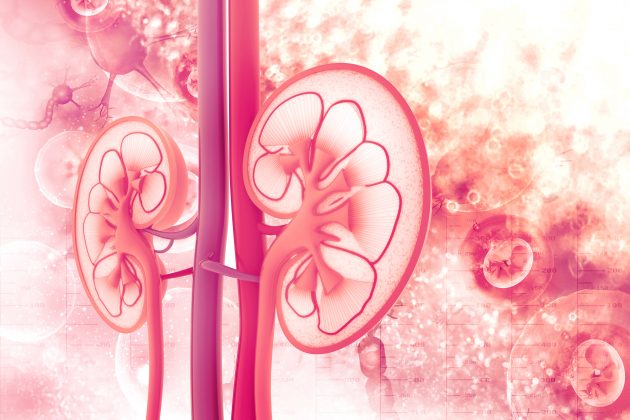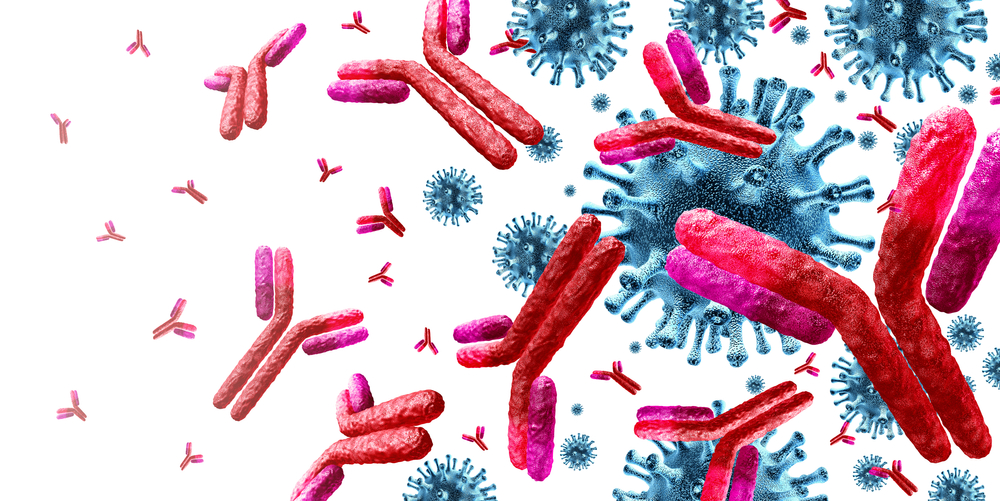Kidney Week 2020
Potassium levels designated as normal by most laboratories vary widely, from 3.5 to <5.5 mEq/L. However, the precise concentrations associated with favorable outcomes in patients with chronic kidney disease (CKD) are unclear. Patients with CKD restrict dietary potassium intake to mitigate hyperkalemia, yet, according to Yoko Narasaki, PhD, and colleagues, that strategy may be associated with adverse effects due to the restriction of healthy foods rich in potassium, such as fruits and vegetables.
The researchers conducted a study to test the hypothesis that high-normal serum potassium levels are associated with better long-term survival in patients with advanced non-dialysis-dependent (NDD) CKD transitioning to dialysis. Results of the study were reported during a virtual poster session at ASN Kidney Week 2020 in a poster titled Serum Potassium and Survival among Advanced CKD Patients Transitioning to Dialysis.
The study cohort included 43,798 US veterans with NDD-CKD who transitioned to end-stage kidney disease (ESKD) from October 2007 to March 2015. The study utilized data from the national Veterans Affairs database linked to the United States Renal Disease System data to examine the association of serum potassium levels averaged over the 1-year pre-dialysis period (pre-ESKD prelude period) with post-ESKD mortality. Serum potassium levels were categorized as <3.5 mEq/L, 3.5 to <4.0 mEq/L, 4.0 to <4.5 mEq/L, 4.5 to <5.0 mEq/L, and 5.0 to <5.5 mEq/L. Adjusted Cox models were used to estimate the association of serum potassium levels with all-cause mortality.
Following adjustment, results of Cox analyses demonstrated an association between high-normal levels of serum potassium ( 5.0 to <5.5 mEq/L) and greater survival compared with serum potassium levels of 4.5 to <5.0 mEq/L: hazard ratio [HR], 0.95, 95% confidence interval [CI], 0.91-0.98. There was an association between serum potassium levels at or below low-normal ranges and higher risk of death (ref: 4.5 to <5.0 mEq/L): HR, 1.07; 95% CI, 1.04-1.10 for serum potassium levels 4.0 to <4.5 mEq/L; HR, 1.05; 95% CI, 1.01-1.09 for serum potassium levels 3.5 to <4.0 mEq/L; and HR, 1.16; 95% CI, 1.06-1.27 for serum potassium levels <3.5 mEq/L.
In conclusion, the researchers said, “In NDD-CKD patients transitioning to dialysis, serum potassium levels in the high-normal range were associated with greater long-term survival, whereas serum potassium levels at or below low-normal ranges were associated with higher long-term death risk. Further studies are needed to determine whether dietary factors may be a potential mechanistic link underlying these relationships.”
Source: Narasaki Y, Kalantar-Zadeh K, Ferrey AJ, et al. Serum potassium and survival among advanced CKD patients transitioning to dialysis. Abstract of a poster presented at the American Society of Nephrology virtual Kidney Week 2020 (Abstract PO0480), October 22, 2020.
Credit: Original article published here.










